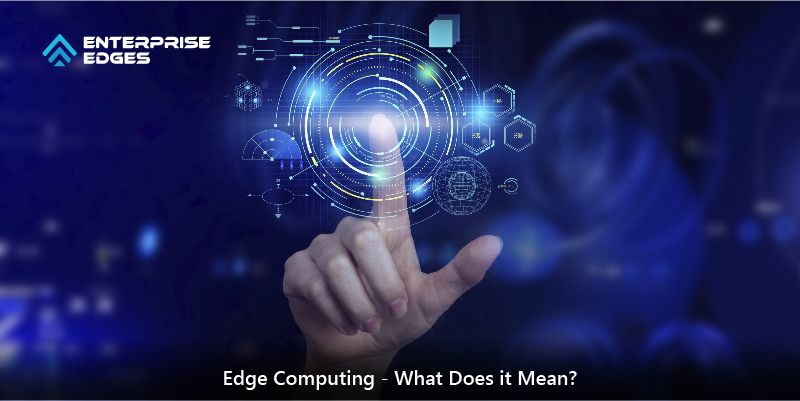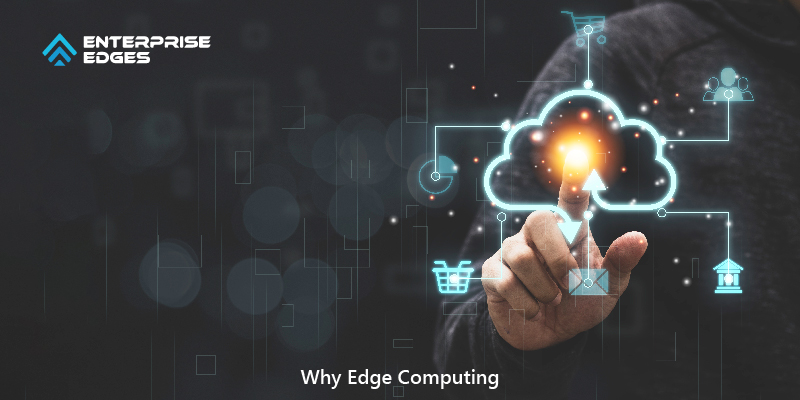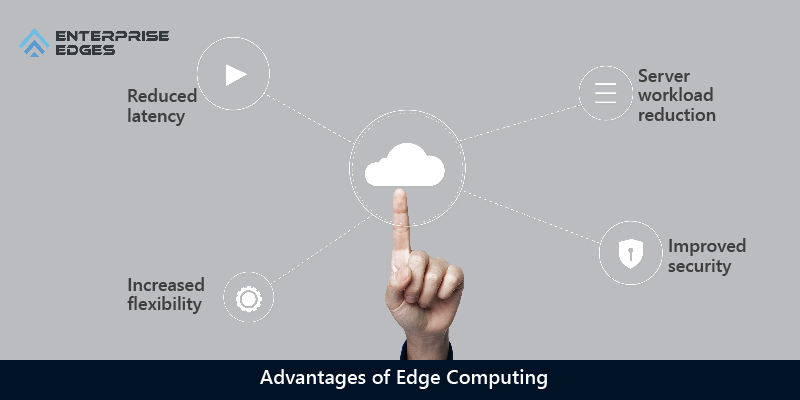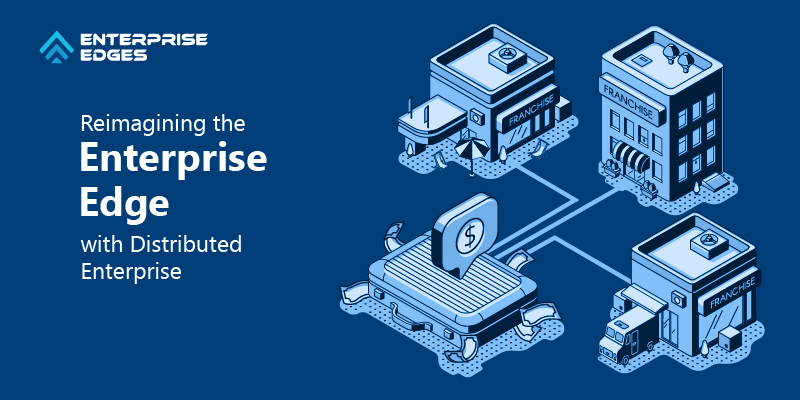The last few years, particularly the last two years, have rewritten the rules for businesses. As a result, everything is up for reevaluation, including how businesses operate, the types of products they can offer, and the ways they can offer them. Some of these changes that businesses have had to deal with are as follows:
- Workplace: COVID-19 did not invent the work-from-home/work-from-anywhere trend, but it certainly accelerated it. Enterprises must extend consistent security and access to all locations, not just the corporate campus.
- Applications: Most applications and security are no longer run from a centralized data centre. Today’s enterprise IT stack includes a shifting mix of resources in the cloud, corporate data centres, at the edge, and in multiple locations simultaneously. Traditional notions of the network perimeter, particularly how we treat ”inside” versus ”outside,” no longer appear to be useful.
- Digital Transformation: The most exciting innovations in the coming years will include mass-scale Internet of Things (IoT) connectivity, autonomous vehicles, telehealth, and many others, all of which will be at the edge. The centre of gravity for businesses is inexorably shifting outward, closer to customers, employees, and assets in every industry.
By 2025, over 200 million edge nodes will be deployed globally. But how much will all of this extra spending on edge computing amount to? Edge computing can reduce latency, reduce the load on central data centres, and increase security for distributed enterprises, those with multiple locations or those with a wide reach. So, how should you implement edge computing, and why should you?
Edge Computing- What Does it Mean?

In simple terms, edge computing is a distributed information technology (IT) architecture that changes how data is handled, processed, and delivered from millions of devices worldwide. Through edge computing, client data is processed at the network’s periphery as close to the originating source as much possible.
Data is the heart and soul of modern business, providing valuable insight and real-time control over critical business processes and operations. Businesses today are awash in data, and massive amounts of data can be routinely collected from sensors and IoT devices operating in real-time from remote locations and hostile operating environments almost anywhere in the world.
However, this virtual flood of data alters how businesses handle computing nowadays. The traditional computing paradigm, which is based on a centralized data centre and the internet as we know it, is not well suited to moving vast rivers of real-world data. Bandwidth constraints, latency issues, and unpredictability in network disruptions can all work against such efforts. Edge computing is now being used by businesses to address these data challenges.
To put it simply, edge computing moves some storage and compute resources away from the central data centre and closer to the data source. Rather than sending raw data to a central data centre for processing and analysis, that work is done where the data is generated, whether in a retail store, a factory floor, a sprawling utility, or across a smart city. Only the outcomes of that edge computing work, such as real-time business insights, equipment maintenance predictions, or other actionable answers, are sent back to the main data centre for review and other human interactions.
Why Edge Computing?

It all comes down to location when it comes to edge computing. Data is traditionally produced in traditional enterprise computing at a client endpoint, such as a user’s computer. That data is transferred across a WAN, such as the internet, to the corporate LAN, stored and processed by an enterprise application. The outcomes of that work are then communicated back to the client endpoint.
However, the number of devices connected to the internet and the volume of data produced by those devices and used by businesses is growing far too quickly for traditional data centre infrastructures to keep up. The possibility of moving so much data in situations where time or disruption are frequently critical places enormous strain on the global internet, which is frequently congested and disrupted.
As a result, IT architects have shifted their focus from the central data centre to the logical edge of the infrastructure, relocating storage and computing resources from the data centre to the point where data is generated. The principle is simple: if you can’t move the data closer to the data centre, move the data centre closer to the data. In fact, the concept of edge computing is not new. It is based on decades-old remote computing concepts, where it was more reliable and efficient to place computing resources at the desired location rather than rely on a single central location.
Advantages of Edge Computing

The advantages of edge computing include:
1. Reduced latency
When remote applications require data in traditional data centre models, whether on-premises or cloud-based, they send a signal to the main data centre and then must wait for it to return, while the information travels quickly over the internet, even minor delays can add up over the course of a day or week. The more relays there are, the more likely a request will encounter a delay. In critical use cases, such as autonomous vehicles or energy sensors, latency and reliability issues can have serious consequences.
On the other hand, Edge computing uses local resources to process data, reduce latency, and enable applications to perform actions based on predefined triggers. So, for example, if a company needs to update a trigger, it can do so through the data centre.
With edge devices capable of processing data and communicating, the networking model resembles peer-to-peer networks from the early 2000s, communicating with data centres as needed.
2. Increased Flexibility
Edge computing can also help businesses become more adaptable. For example, businesses can expand their reach into new markets by establishing local edge data centres rather than building entirely new offices. Furthermore, because IoT devices use edge computing and are always on, they can provide businesses with an unprecedented amount of data. This data provides greater insights for the business, allowing them to easily pivot or make adjustments if something isn’t working properly.
Edge computing is also important for enabling remote work, especially as 5G infrastructure becomes more widely available. Edge nodes aren’t currently widely used enough to reach all residential areas. Still, once 5G is widely available, businesses could combine it with their edge networks and extend them to customers and remote employees.
3. Improved Security
Because it is less centralized, edge computing companies are less vulnerable to distributed denial of service (DDoS) attacks. With so many edge data centres and servers running simultaneously, attackers will find it difficult to manipulate enough traffic to bring them all down. While there are more points to secure than with a single data centre, the distributed nature of the edge eliminates the possibility of a single point of failure. Edge computing also makes it simpler to quarantine affected devices and remediate threats without having to shut down the entire network.
4. Server Workload Reduction
Each device in a company generates a massive amount of data that, if left unchecked, could easily overload servers. This risk will only grow with the massive data demands of artificial intelligence (AI) and remote devices. On the other hand, Edge computing distributes the processing of this data across multiple locations to reduce the workload on central servers.
Is Edge Computing the Right Choice for Your Company?
Edge computing isn’t necessary for every business, but those with remote data processing requirements could benefit greatly from it. If a company decides to pursue edge computing, it can build its infrastructure and can also contract with a third-party vendor to provide the necessary hardware and software.
Edge computing is an excellent choice for businesses with multiple locations or to reduce latency for customers located far from their headquarters. Edge computing could benefit streaming services, large franchises, and companies that manage their supply chain. You should assess your current computing requirements and take note of any latency. If you’re experiencing time loss or your servers are frequently approaching overload, it might be time to consider edge computing.
It’s easy to dismiss new edge capabilities as simply an extension of the cloud, but that’s a mistake. The edge-native applications on the horizon are of a completely different breed. They are, by definition, moving “off the cloud,” and they require distributed, ephemeral, and on-demand services.
We’re witnessing the birth of a completely new market segment that promises to be even bigger than the cloud opportunity. So, don’t be afraid to reconsider what the edge can mean for your company.
